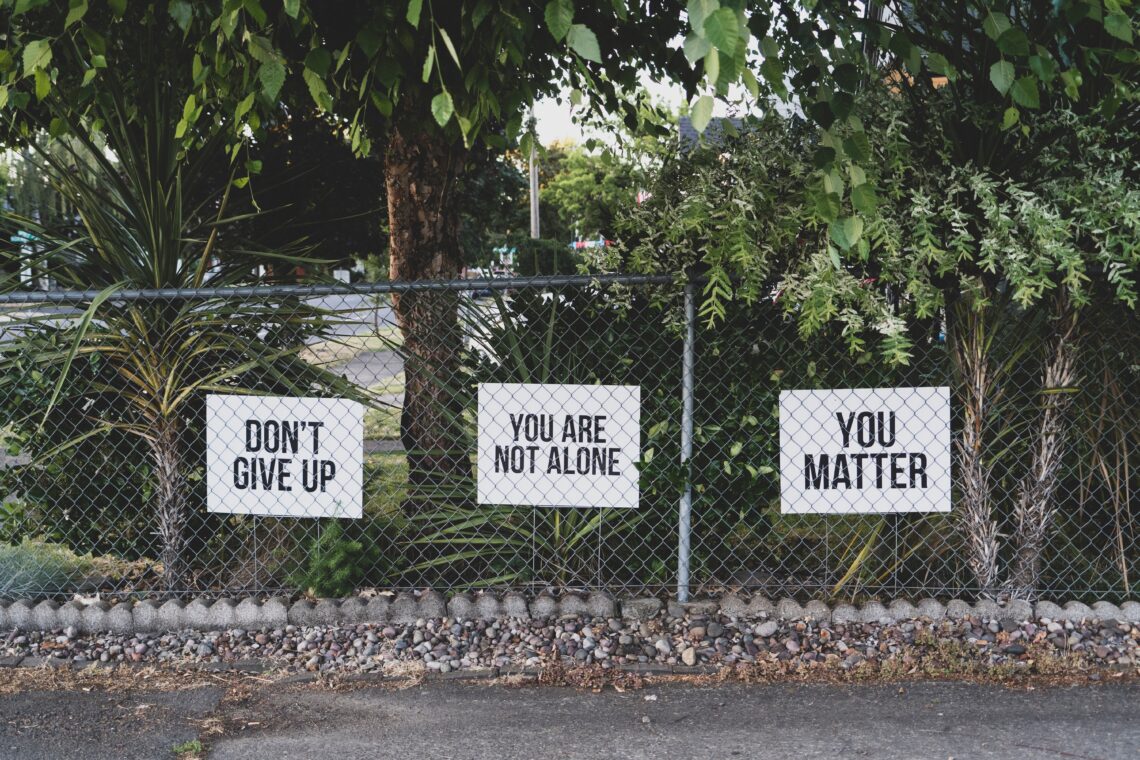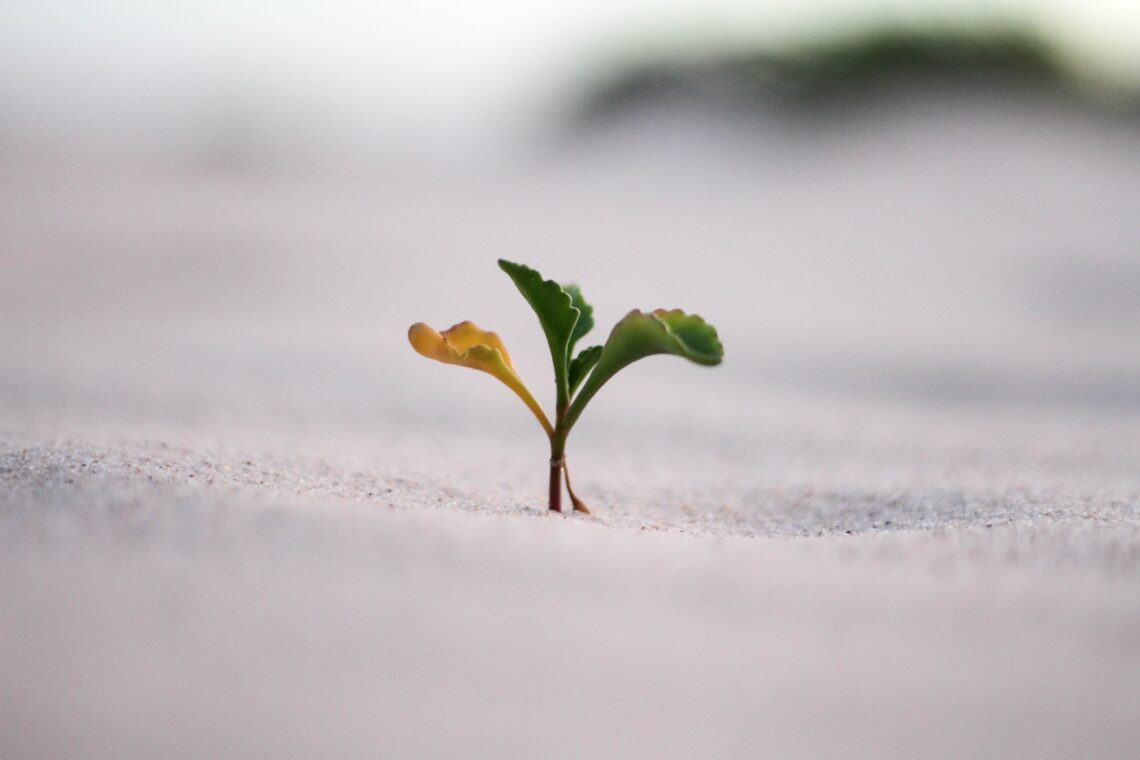The Balance of Being Alone: Appreciating Solitude
Solitude is a state of being alone without feeling lonely. It is a time for self-reflection and contemplation, and it can be a valuable part of a healthy lifestyle. While it is important to have meaningful relationships with others, it is also important to take time for yourself and enjoy the benefits of being alone.
Solitude can provide a sense of peace and calm, allowing us to step away from the hustle and bustle of everyday life. It can be a time to recharge and reconnect with ourselves, free from the distractions of the outside world. It can also be a time to reflect on our thoughts and feelings, and to gain a better understanding of ourselves.
When we are alone, we can focus on our own needs and desires, without the need to please or accommodate others. We can also explore our creativity and take the time to do things that we enjoy, without worrying about the opinions of others. This can help us to feel more connected to ourselves and to become more aware of our own needs and wants.
Being alone can also help us to develop our independence and self-reliance. We can learn to trust our own judgement and to make decisions without relying on the opinions of others. This can help us to become more confident in our own abilities and to become more comfortable with taking risks.
It is important to remember that solitude does not have to be a negative experience. It can be a time to appreciate the beauty of the world around us and to reconnect with nature. It can also be a time to explore our spirituality and to reflect on our values and beliefs.
Solitude can also be a time to practice self-care. We can take the time to do things that make us feel good, such as reading a book, listening to music, or taking a walk in nature. We can also take the time to nourish our bodies with healthy food and to practice relaxation techniques such as yoga or meditation.
Although it is important to spend time with others, it is also important to take time for ourselves and to appreciate the benefits of being alone. Solitude can be a valuable part of a healthy lifestyle, and it can help us to feel more connected to ourselves and to the world around us.
The Power of Solitude is an article by Psychology Today that discusses the benefits of taking time for yourself and enjoying the peace and calm of being alone. It explains how solitude can help us to become more aware of our own needs and wants, and to develop our independence and self-reliance.
The Importance of Solitude is an article by The Huffington Post that explains why it is important to take time for yourself and to appreciate the benefits of being alone. It discusses how solitude can help us to explore our creativity and to practice self-care.
How to Enjoy Solitude is an article by Verywell Mind that provides tips on how to make the most of being alone. It explains how to use solitude as a time to practice self-care and to explore our spirituality.
The Importance of Solitude is an article by Mindful that explains why it is important to take time for yourself and to appreciate the benefits of being alone. It discusses how solitude can help us to become more aware of our own needs and wants, and to develop our independence and self-reliance.
Benefits of Spending Time Alone is an article by Help Guide that discusses the benefits of taking time for yourself and enjoying the peace and calm of being alone. It explains how solitude can help us to become more aware of our own needs and wants, and to develop our independence and self-reliance.







